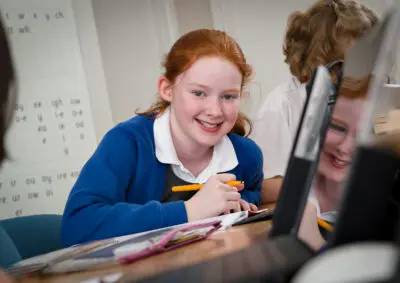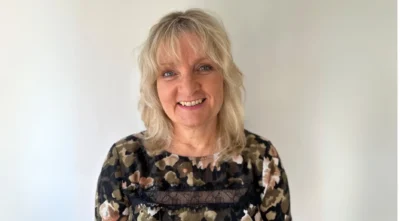Back to school: Identifying the individual needs of pupils upon their return to school
By Nick Hackett (Headteacher) and Sarah Hughes (Deputy Headteacher), Beecroft Academy, Dunstable
Published
Beecroft Academy is a primary school situated in Dunstable, Bedfordshire with over 400 pupils on roll. Nick Hackett, Headteacher, and Sarah Hughes, Deputy Headteacher, discuss their pupils’ different experiences of remote learning last year and the importance of identifying each pupil’s individual needs upon their return to the classroom.
‘Back to Beecroft’
When preparing for the reopening of the school to all pupils last September, it was important for us to consider that each of our pupils had their own different experience of remote learning. This was due to several different factors – such as their parents’ confidence in teaching work that was set, the resources that were available at home, siblings having to share devices or home settings that were just not conducive to learning.
While children of key workers had the benefit of being in school for most of the Summer term, most of our pupils had been at home from March all the way through to September. We knew that we needed to settle these pupils back into school and get them used to the routine again, however, we did not want to go down the route of a ‘recovery’ curriculum. We therefore developed our own 4-5-week plan called ‘Back to Beecroft’.
We began the school day with PSHE-based discussions to get pupils used to communicating with each other again: talking about their experiences and what they hoped school would be like. We expected that concentration levels may have dipped slightly, therefore we started off with short-burst learning activities.
We have always valued the role of reading within our curriculum and were well aware that some pupils struggle to access a range of high quality reading material at home. We therefore increased our focus on reading, by ensuring that children were given daily opportunities to read and to be read to by adults within the school. Meanwhile, maths lessons initially focussed on the core skills. We decided to wait 4-5 weeks before doing any formal assessments with pupils, however, teachers continued to do their own assessment based on observations of pupils around wellbeing, maths and English.
We suspected that the gap between disadvantaged and non-disadvantaged pupils would have grown and found that, in general, this was the case. In some cases, misconceptions had grown from pupils learning independently at home or adopting alternative calculation methods in maths which teachers had to overcome back in the classroom. However, with many pupils, it was as though they had never been away from school.
Alongside teaching and learning, the ‘Back to Beecroft’ plan also looked at the pastoral and wellbeing aspect of the return to school. Pupils who may not have been considered vulnerable beforehand were now being flagged by our safeguarding and wellbeing teams due to their experiences at home.
When we moved onto formal assessments, we tested pupils with GL Assessment’s New Group Reading Test (NGRT), New Group Spelling Test (NGST), Progress Test in English (PTE), Progress Test in Maths (PTM) and Pupil Attitudes to Self and School (PASS). We staggered these assessments by administering a different one each week, then we produced a detailed overview of the data for staff and governors. Our key stage leaders then looked at the data in further detail to analyse patterns.
We have always valued the importance of individual pupil data. This year in particular this data proved essential, as it flagged up those pupils that had made progress and those who had dipped at a time when learning over previous months varied so much. We asked teachers to compare this with their observations of what was happening in class and to investigate whether parents were aware of any gaps in learning.
We felt that it was important to look at each of the pupils individually, as their experiences at home were so diverse that we could not be certain what they had learned over this period. We were also unable to determine how much support pupils had from family members with their work. Even under normal circumstances, if we were looking at a group of pupils with the same reading age each child would still differ in terms of their capability and the areas they might need help with.
When feeding back to governors, we found the individual pupil reports and the suggestions for teaching and learning that GL Assessment provide to be extremely valuable and we will continue to use these. As the data can be downloaded and manipulated, this can also be very useful for informing teachers on what to do next with the data.
This term, the remote learning process has been easier for our school to navigate, as we had time to train staff on the software over the Autumn term. We also sent our remote learning plan to parents in advance, so that they knew what this would look like. We therefore have more confidence looking ahead to when all pupils return to the classroom again.
Beecroft Academy is one of our Centres of Assessment Excellence


